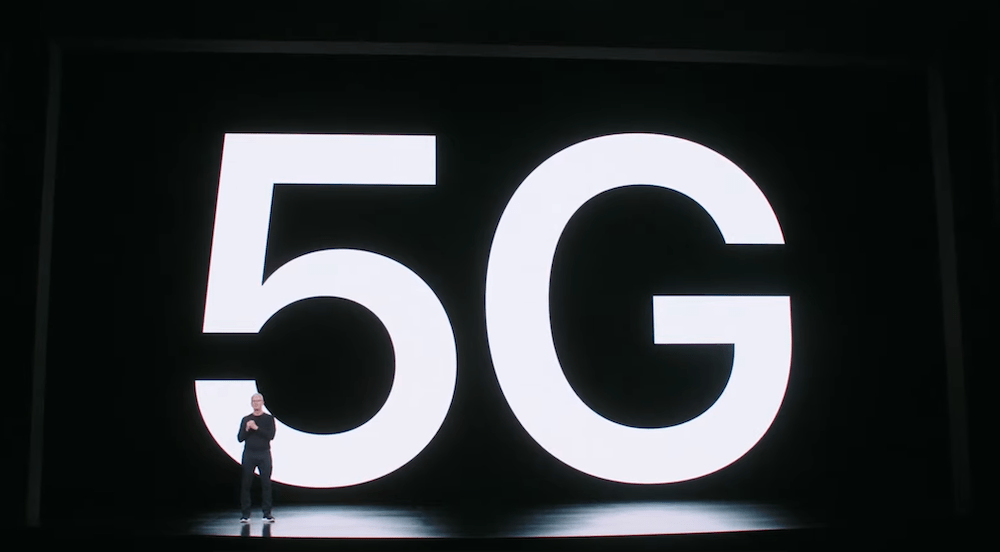Why is Apple building its own 5G modems for iPhones?

Apple didn’t just get into 5G with iPhone, it got into networking tech
Following years of R&D, Apple will put the first of its own self-developed cellular modem inside some of its products perhaps as soon as next year, the latest reporting claims.
Why build a modem, anyway?
However, Mark Gurman, who from the frequency of insider scoops he publishes must surely be at the apex of the most sophisticated industrial surveillance operation in corporate history, doesn’t quite see what the benefits of the work might be.
He argues that while the M4 chip and other processors to have come out of Apple’s silicon development team have made a huge difference to the company, the new modem won’t bring big benefits from the get-go.
He says Apple hopes the new modem will evolve into something more sophisticated that may change iPhone, and that the immediate customer benefits will be hard to articulate.
Is it all about cost?
Except, of course, possibly the cost. Apple has always balked at the cost of Qualcomm’s modems, and the latter company believes Apple will still need to pay it some royalties even if it makes its own modem.
The plan to put Apple modems inside Apple devices doesn’t appear to be on the fast track, either. Apple recently extended its deal with Qualcomm into 2027 – though that may also reflect the need to repair and upgrade existing devices.
But cost may be a big benefit.
While the actual price is a trade secret, one teardown report cited the cost of the Qualcomm modem used at that time as reaching $90/unit – making it the most expensive component in iPhone 12. I don’t think prices have shifted much since then.
Way I see it, if Apple can cut that cost then it can either bank the extra cash or maintain prices at current levels even as pressure on smaller vendors to increase prices grows, giving it an even deeper reach into the mid-range smartphone market.
What about interoperability?
Beyond cost, Apple taking control of the modem should also mean it will be able to make the hardware and software interoperate more effectively together. This could make for, for example, better perceived bandwidth, fewer dropped calls, and improvements in all the little ways modems already impact customer experiences.
Is it about catching up in standards?
Further down the line, of course, when it comes to future mobile standards (including 6G and beyond) ownership of modem development could give Apple the chance to set a few SERP patents of its own. (Don’t ignore that when it acquired Intel’s modem division the company also acquired over 17,000 wireless tech patents in the deal).
Who knows, perhaps it intends charging Qualcomm for use of those patents to the same degree it feels it is being charged for patent use itself? Not only this, but that big investment in satellite tech is going to become something, and LEO satellite support is (I think) part of what 6G includes.
Or just a design aim?
Gurman sees the slightly more mundane opportunities around combining all the modem functions with Wi-Fi and Bluetooth on a new wireless chip, which may include battery life and reliability. That combination of components could go a little further too, he speculated, noting that all of these functions could eventually be hosted on a single chip, further improving battery life and helping Apple designers create smaller and lighter products – at lower cost.
What about the environment?
That’s true, added to which I imagine Apple also wants to continue to trim energy requirements, as that’s a core aim of the company as it moves towards closed loop manufacturing. If Apple can reduce the amount of energy used by a device by just 1% across the life of the product, that would comprise a significant step toward the company’s environmental targets.
There are some risks
Gurman’s report does mention some of the risks in play should Apple get it wrong. He notes that back in the days when the company used Infineon mobile chips there were complaints around poor data connects and dropped calls. He adds that these complaints continued when the chips came from Intel (which purchased Infineon in 2010, before selling it all to Apple in 2019).
He reckons there’s a risk of similar complaints this time around – and that’s not an awkward speculation, really, given that work on the modem has clearly hit some snags given the company originally intended to ship its first modem around 2022. All the same, Apple is unlikely to introduce these modems if it thinks they aren’t ready to connect.
Why is Apple building its own 5G modems for iPhones?
Summing up, the leading reasons Apple is engaged in this project include: the chance to cut costs, the opportunity to differentiate its products and introduce new and interesting designs, the opportunity to reduce CO2 emissions in use, the goal of bringing all systems on chip with the miniaturisation that implies, and the long term aim to be ahead in the next mobile tech transition.
Please follow me on LinkedIn, Mastodon, or join me in the AppleHolic’s bar & grill group on MeWe.




